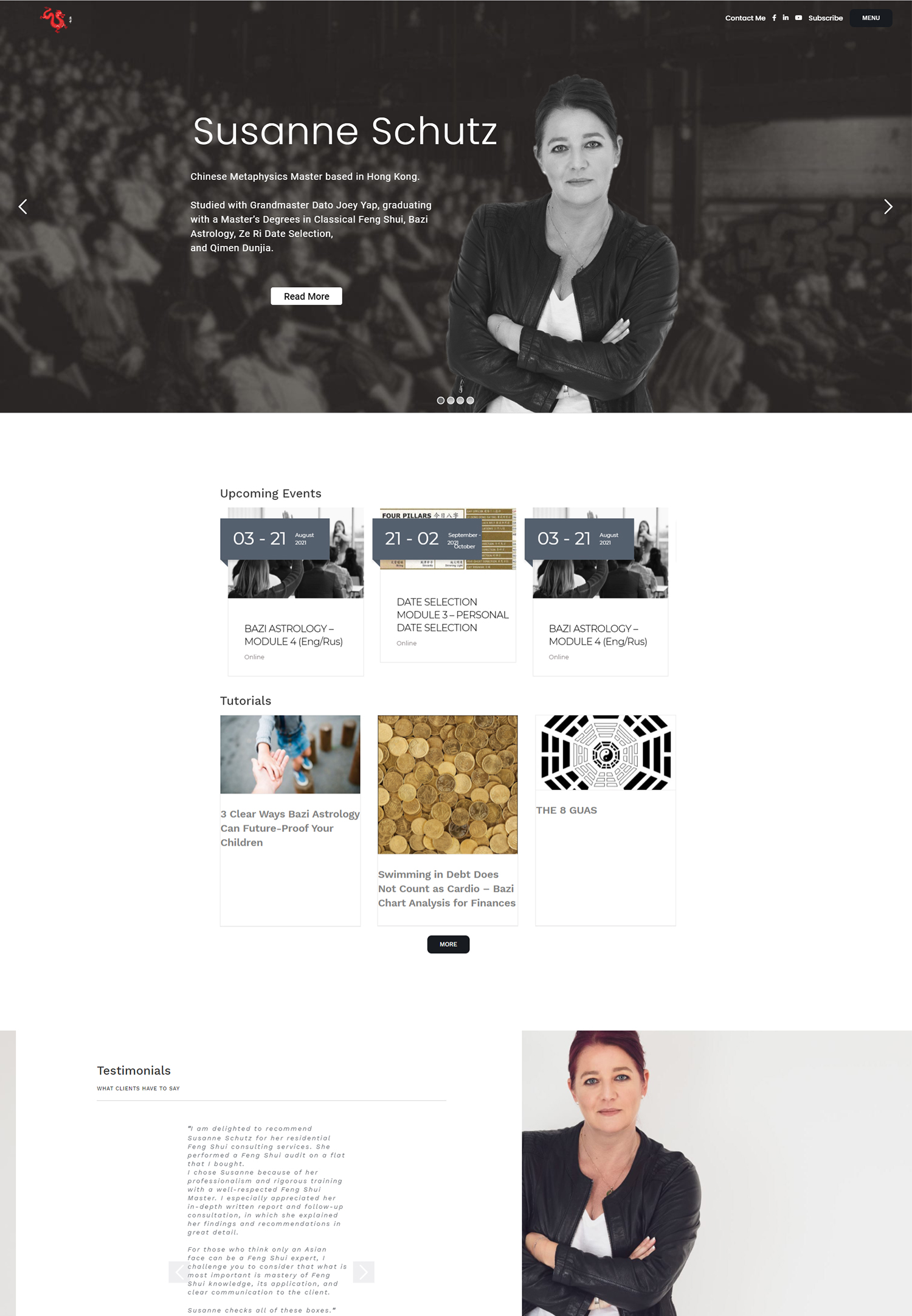The Power of Segmentation and Personalization in Email Marketing Segmentation is the process of breaking up an email list into more manageable, focused groups according to predetermined standards. With this strategy, marketers are able to customize their messaging to each audience segment’s particular requirements and preferences. Businesses can produce more relevant and engaging content that appeals to each group by classifying subscribers according to their demographics, shopping habits, engagement levels, or purchases. To target promotions that speak directly to each demographic, a clothing retailer, for example, might divide its list into categories like men, women, and children.
Key Takeaways
- Segmentation in email marketing involves dividing your email list into smaller, targeted groups based on specific criteria such as demographics, behavior, or preferences.
- Personalization in email marketing is crucial for building a strong connection with your audience and increasing engagement. It involves tailoring your email content to individual recipients based on their interests, behavior, and preferences.
- To segment your email list effectively, you should consider factors such as demographics, purchase history, engagement with previous emails, and website behavior. This allows you to send more relevant and targeted content to your subscribers.
- Using data to personalize email content involves leveraging customer data to create highly relevant and personalized email campaigns. This can include using dynamic content, product recommendations, and personalized subject lines.
- Creating targeted email campaigns through segmentation allows you to send more relevant and personalized content to specific segments of your email list, leading to higher open and click-through rates.
- Automation plays a crucial role in personalizing email marketing by allowing you to send timely and relevant content to your subscribers based on their behavior and interactions with your emails and website.
- Measuring the success of segmentation and personalization in email marketing involves tracking key metrics such as open rates, click-through rates, conversion rates, and overall engagement to determine the effectiveness of your campaigns.
- Best practices for implementing segmentation and personalization in email marketing include regularly updating and maintaining your email list, testing different segmentation criteria, and continuously optimizing your email content based on performance data.
Recognizing that not every subscriber is the same is the foundation of the segmentation concept. Individuals’ purchasing decisions are influenced by their unique interests, preferences, and behaviors. Marketers can improve the efficacy of their campaigns and increase open rates, click-through rates, and conversions by utilizing segmentation.
In order to send offers that are specifically tailored to each group’s interests, a travel agency could, for instance, divide up its audience into segments based on travel preferences, such as luxury travelers & adventure seekers. In email marketing, personalization & segmentation go hand in hand because personalization entails tailoring content to each subscriber’s unique requirements and preferences. Using a subscriber’s name in the subject line or suggesting products based on previous purchases are two examples of this. It is impossible to overestimate the significance of personalization; studies reveal that emails with a personalized touch can result in noticeably higher engagement rates. Personalized emails have six times the transaction rates of non-personalized emails, per an Experian study.
Also, personalization strengthens the bond between the subscriber and the brand. Recipients are more likely to interact with content when they perceive it as being relevant to them personally. For instance, a subscriber’s past purchases or browsing history may be used by an online bookshop to provide tailored recommendations. Because consumers are more likely to investigate products that match their interests, this not only improves the user experience but also raises the possibility of repeat business. A thorough grasp of your audience & the available data is the first step in effective segmentation.
Begin by gathering pertinent data, like demographics, interests, and preferences, during the sign-up process. Forms or surveys that inquire about subscribers’ preferences or that keep track of their past emails & website interactions can be used to collect this data. After you have this data, you can make segments according to different standards. Psychographic (interests, values), behavioral (purchase history, website activity), and demographic (age, gender, location) segmentation are examples of common segmentation techniques.
A fitness brand might, for instance, divide its clientele into groups like gym-goers, fans of at-home workouts, and outdoor adventurers. Marketers can create messages that connect with their audience more deeply by knowing the distinct behaviors and motivations of each segment. In order to maintain relevance, it’s also critical to periodically review and update your segments in light of shifting subscriber preferences and behaviors. For email content to be effectively personalized, data is essential.
Marketers can learn more about the kinds of content that appeal to various demographics by examining subscriber behavior and preferences. For example, marketers can modify their emails to include articles, advice, and product recommendations that are relevant to a specific segment’s interests if data indicates that this group regularly interacts with content about health and wellness. Also, marketers can monitor engagement metrics like open rates, click-through rates, & conversion rates for various segments by utilizing advanced analytics tools. This information can be used to highlight what works and what doesn’t in future campaigns. For instance, marketers can modify their approach if a certain segment reacts favorably to promotional offers but is uninterested in educational content.
Businesses can develop more engaging and conversion-boosting email campaigns by regularly evaluating data and improving personalization initiatives. Sending out segmented lists is only one step in creating targeted email campaigns; another is crafting messages that specifically address the needs & interests of each group. The next stage after successfully segmenting your audience is to create content that is specific to each segment and fits its attributes. A software company might, for example, design distinct campaigns that highlight features that are most pertinent to small businesses and enterprise clients.
Also, in targeted campaigns, timing is crucial. Knowing when various email segments are most likely to interact with your messages can have a big impact on click-through & open rates. To improve engagement, campaigns can be scheduled for the evening after work hours if data shows that a specific segment prefers to check emails during that time. Also, A/B testing various content formats or subject lines within segments can yield insightful information about what appeals to each group the most.
Automation is a potent tool in email marketing that improves personalization and segmentation initiatives. Businesses can ensure that messages are customized to each subscriber’s behavior while streamlining their email campaigns by leveraging marketing automation platforms. For example, customized emails can be sent out by automated workflows in response to particular actions taken by subscribers, like leaving a shopping cart or subscribing to that newsletter. Automation is frequently used in welcome series emails.
An automated series of emails can be sent to new subscribers to introduce them to your brand and offer tailored content according to their indicated preferences or actions. This guarantees that subscribers get pertinent information from the beginning of their relationship with the brand, in addition to saving marketers time. Also, automation makes it possible to promptly follow up with subscribers based on their interactions, like sending re-engagement emails to inactive subscribers or offering tailored product recommendations following a purchase.
Setting up key performance indicators (KPIs) that complement your campaign objectives is crucial for assessing how well segmentation and personalization efforts in email marketing are working. Open rates, click-through rates, conversion rates, and unsubscribe rates are examples of common KPIs. Marketers can determine the effectiveness of their segmented and customized campaigns by monitoring these metrics over time and comparing them to earlier attempts. A segmented campaign aimed at first-time purchasers, for instance, is likely to have a substantially higher conversion rate than a generic email blast sent to the entire list, proving that segmentation is effective.
Also, examining engagement metrics at the segment level can reveal which groups are benefiting from tailored content and which might need more improvement. Marketers can make data-driven decisions and enhance their email marketing tactics by routinely analyzing these metrics. Following a number of best practices is necessary to implement segmentation and personalization strategies that work.
Maintaining accurate & up-to-date data is crucial, first & foremost. Your segmentation efforts will be supported by accurate data if you routinely clean your email list by eliminating inactive subscribers or fixing misspellings. Continuously testing various strategies within your segments is another best practice. You can learn a lot about what appeals to each group by conducting A/B testing on subject lines, content formats, or send times.
Consider including dynamic content in your emails as well. This lets you show different content blocks according to subscriber information without having to make multiple email versions. Finally, give consent & transparency top priority when gathering subscriber data for segmentation. Make it clear how you plan to use their data and give subscribers ways to personalize their settings.
By guaranteeing that you have accurate data reflecting subscribers’ actual interests, this not only increases trust but also improves the caliber of your segmentation efforts. Businesses can develop more captivating campaigns that increase customer satisfaction and loyalty by adhering to these best practices and utilizing the power of segmentation & personalization in email marketing.
Segmentation and personalization in email marketing are crucial strategies for engaging with customers and driving conversions. By tailoring content to specific audience segments based on their preferences and behaviors, businesses can increase open rates and click-through rates. For more insights on how to optimize your email marketing efforts, check out this article on the cheapest website builders in 2021 from Populis Digital. This resource provides valuable information on affordable tools that can help enhance your online presence and reach a wider audience.




























